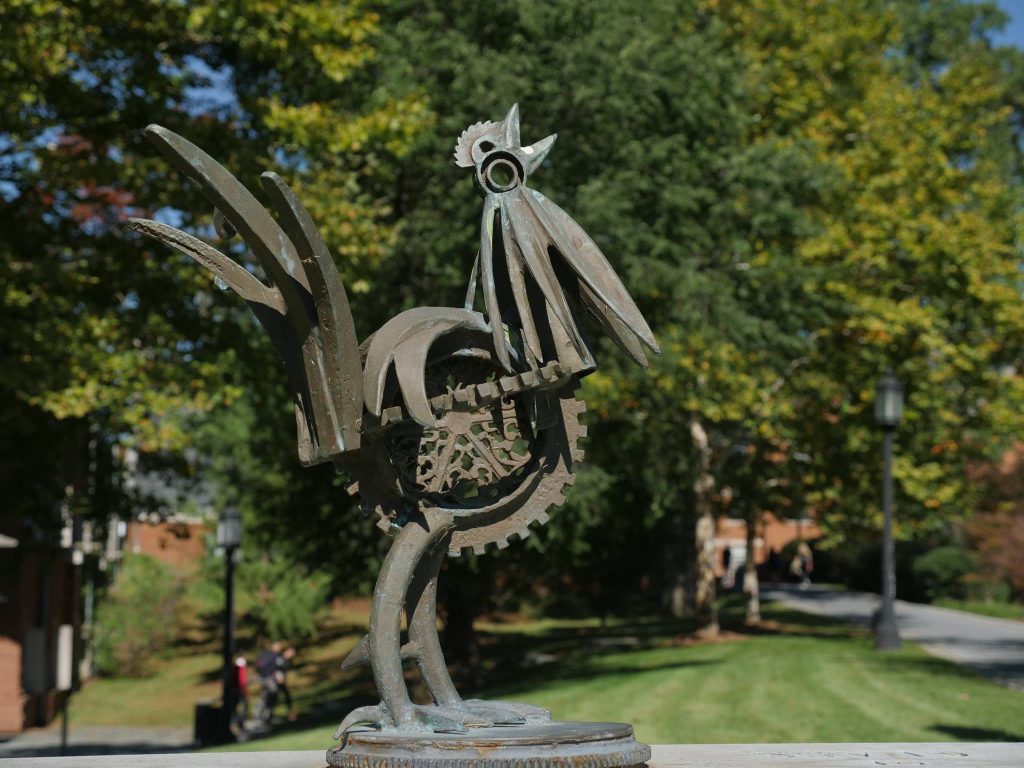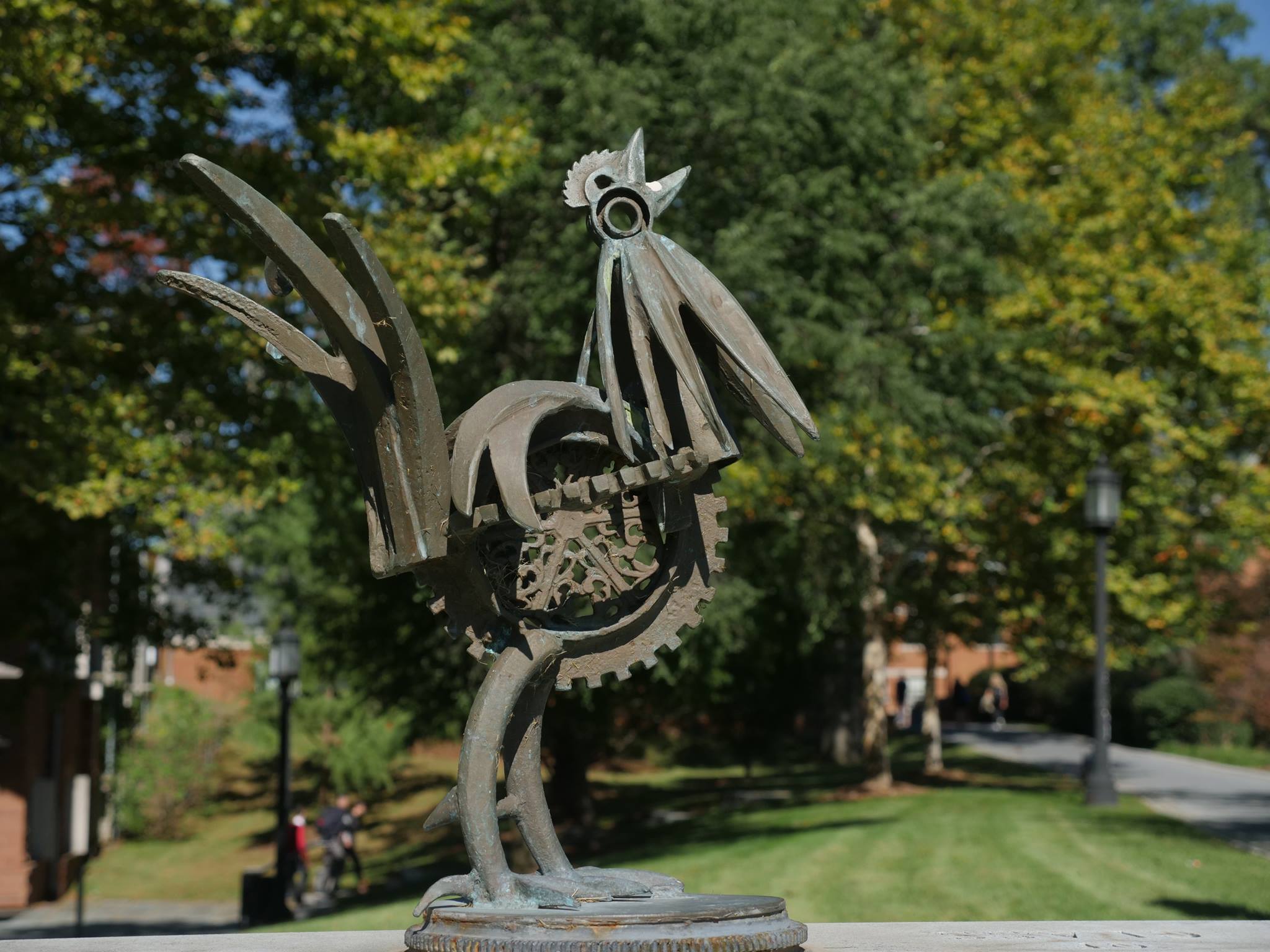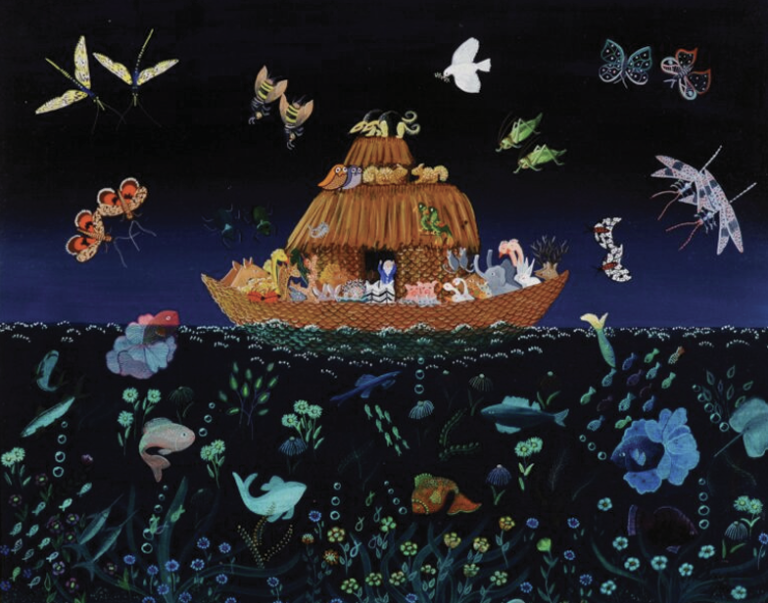Hunter Savery ’20
A&E Editor
There is no question that Trinity’s campus is lovely. We’ve all seen the Chapel and the Long Walk, and I’ve even heard compelling arguments praising the brutalism of the LSC, but where is all of the public art? The popular belief is that Trinity has no public art. This is not actually true, but, there is good reason for this belief. Trinity is a world class institution, rankings notwithstanding, but how can we expect to compete on the world stage without top-notch public art? Is retention rate correlated to the number and quality of public art on campus? In my unscientific opinion, absolutely.
To be fair, Trinity does have public art, primarily made of metal and not particularly exciting. Trinity seems to have gone out of its way to hide the few blasé sculptures that do populate our fair community.
Before we embark on this journey, let me first define the parameters of this survey. I am not including architecture in the umbrella of public art. Sure, it’s public and it’s art, but so are a lot of things. With all that being said, let us investigate the state of art at Camp Trin.
Starting outside of Admissions, we find a bantam. This diminutive metal statue appears to be made of gears. Much to my disappointment, the gears are immobile and while it is a nice piece, this bird hardly pushes the boundaries of anyone’s imagination. The sculpture is remarkably small for the grand vista of the Lower Long Walk. Moving northwards, we find a large steel monstrosity at the intersection of North and High Rise. In spite of its size, this industrial collection of girders is obscured by its surroundings. Standing before it, I find myself unmoved, so why don’t we move down Vernon Street in search of something more beautiful? At the bottom of Vernon there is another metallic sculpture, but this one is a brilliant yellow. It’s meaning is elusive. Some say it symbolizes the value of a liberal arts education. Hiding at the bottom of Vernon Street, few will ever see this work of art.
Back at Vernon Social, a technicolor mural adorns the wall. This explosion of color is far more exciting than most of the art on campus, but unfortunately it is relegated to the least used part of Vernon Social, a notoriously underused building in general. Perhaps the arrival of Steve’s Bagels will return this mural to Trinity’s consciousness. Heading down the Long Walk, we find the centerpiece of Trinity’s campus: good old Bishop Brownell, presiding over the campus with his arm outstretched in an eternal benediction. Trinity’s only human statue is an impressive one, but another upper-crust clerical white man from the 19th century is the last thing we need. Where is something exciting? Something raw?
Fear not, I’ve saved the best for last. The Jackson Symbol is a triumph of modern art that many at Trinity will go four years without appreciating. This piece is a prime example of outsider art. The creator is unknown and legend has it that the artist may have had a divine provenance. Much like Stonehenge or the Nazca Lines, the meaning and purpose of this work has been lost to the ages.
Like all of mankind’s greatest achievements, this work can be seen from outer space. Google Earth has done the important work of cataloguing this masterpiece for all to see.Simply search Jackson Hall and behold. I must admit that I had some reservations about covering this piece, Trinity’s greatest work of art, but I felt it was my journalistic duty to report on its magnificent existence to the Trinity community. Our intrepid staff photographer, Aidan Dumas ’20, valiantly confirmed the existence of this marvel of vandalism with the Tripod drone.
My greatest fear these days is that the Man will see this, become aware of the Jackson Symbol, and destroy it. This would be a grave mistake but one that is entirely plausible. If you are a part of the powers that be, I urge you to leave this artwork intact as censorship of artistic expression is against our values and Trinity already has so few works of art of this size and nature.
I implore all Bantams to stop and appreciate the art that surrounds them, though there certainly ought to be more of it. Look at the Vernon mural and say, “this is pretty cool,” look at the sculptures on Vernon and say, “these are okay,” look at the roof of Jackson and ask, “what the heck?”





+ There are no comments
Add yours